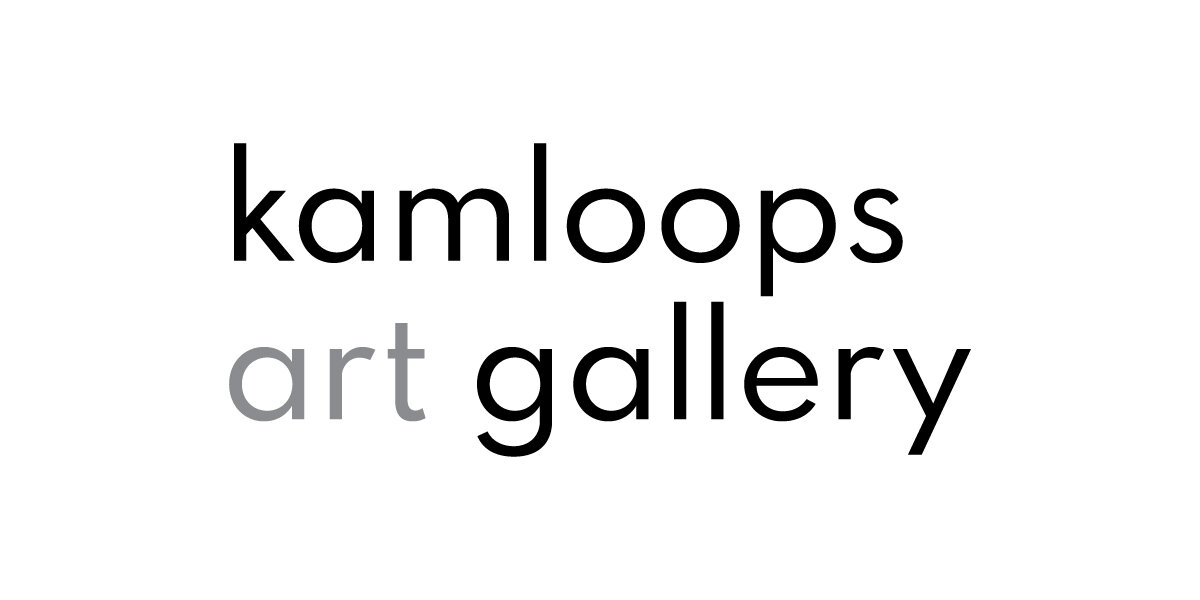Mural Maps
Mural Maps
Suitable for Grades 4-12 (adaptable for all grades)
Curriculum connections
// Explore line, shape, texture, pattern and repetition
// Image development strategies
// Create meaning through symbolism
SET UP
All materials will be on the tables up front. Standard “U” shape table set up. Place a piece of paper & a pencil at each place for the students.
MATERIALS
Google maps
Printer
Sketching paper
Pencils
Scissors
Glue
Construction paper
Big paper
DISCUSS
A lot of Eleanor King’s artworks are site specific (remember that from the tour?), which means that she doesn’t really plan the details of her artworks until she’s gotten to know the cities that her exhibitions are in. She researches the area through Google Maps. She is interested in the satellite, bird’s-eye view that Google displays the world in. She also uses Google Maps as an image reference for her murals. King uses these maps to be able to travel and to see the world, without actually having to go anywhere!
When designing a mural, she has to figure out how to best represent the landscape of a place she has never been, to people who live in that very landscape! She does this through shapes, textures, and colours unique to each location. She also considers the features of the landscape that are iconic. What features are iconic to Kamloops? (Riverside park, Overlanders Bridge, Domtar smokestack, Mt. Peter and Paul, etc.)
For example, when she had an exhibition in Lethbridge, Alberta, she looked on google maps and found that all the farmlands looked like a patchwork quilt, so she painted a geometric mural full of squares, lines and circles all in different colours of green.
Another detail Eleanor takes into consideration when making her artwork that is specific to an area is the paint colours! She chooses paint colours not only for how they look but also for what they are named. For example, when she painted a mural depicting the coastline from New York to Nova Scotia she chose paints with names such as Manhattan Blue, Gotham Gray, New York State of Mind, Nova White, and Come Sail Away.
One of the reasons why she paints these murals on such a large scale is so the viewer, the person looking at her art work, will feel as though they are moving through the landscape, as though they are a part of it. However, instead of portraying the landscape through the typical landscape paintings we are all familiar with, she takes the bird’s eye view of the landscape and turns it into giant murals!
PROCESS
Start by projecting a google maps image of the city of Kamloops and some of the surrounding area. Give everyone a pencil and some paper and suggest they take notes, either in the form of words or shapes. Ask the students what they see.
What kind of geographical features do Kamloops and the surrounding area have?
Do you see mountains? Lakes? Trees?
How would you describe the shape of the rivers?
Do you notice any patterns, textures or repetitions?
What are the colours of this area?
What names would you give the paint colours based on this area?
Run through these questions briefly and tell the students to write down anything they want to remember. Zoom in on Kamloops until you can see some streets a little closer, and you can see different neighbourhoods (like Downtown/North Shore/Lower Sahali area). Ask them what their observations are now. Do you notice any other patterns or textures?
Then you can zoom in further, and find the student’s school and go through the questions briefly.
Talk about the notes that the students took, what stood out to them, what they want to include in their map, how to design a map
How to design the map:
Take what stood out to you; the snaking of the North and South Thompson, the vein like shapes of the hoodoos, etc. and lightly draw the shapes from the map onto your piece of construction paper in the colour of your choice. ‘
Then cut it out!
When you have all the elements of your mural cut out, proceed to arrange it on your paper as you wish. Do not be afraid to overlap, create patterns, you could even build up several layers of cut outs and make a topographical sort of map!
When you have everything arranged as you like, start gluing all the elements down.
15 minutes before the end:
Clean up – everyone is responsible for putting scraps of paper in the recycling bin and all materials back in their respective boxes, bins, etc.
If time remains, compare maps – what do we think about this process? What do you see in each other’s maps? Does anyone want to talk about their map?
Take pictures! They’re adorable!
